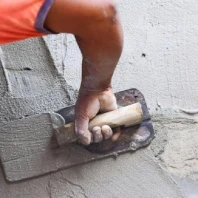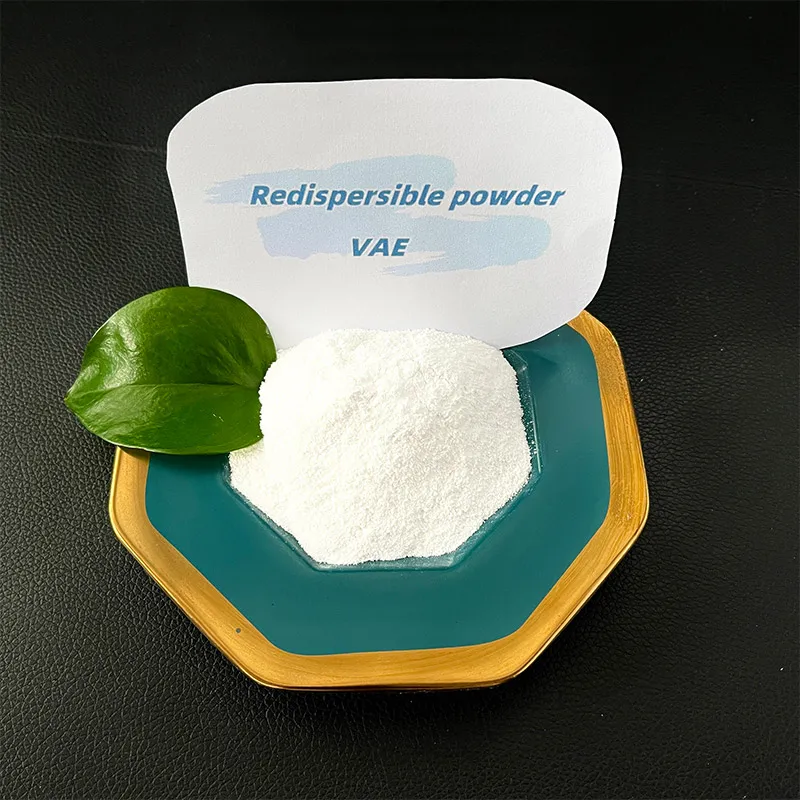
-

Add: HeBei ShengShi HongBang Cellulose Technology CO.,LTD.
-

Email
13180486930@163.com -

CONTACT US
+86 13180486930

polypropylene fiber
កុម្ភៈ . 10, 2025 11:42
Back to list
polypropylene fiber
Polypropylene concrete fiber reinforcement has emerged as a transformative solution in the construction industry, offering a unique blend of durability, flexibility, and cost-effectiveness. This advanced material holds significant potential, particularly for projects demanding enhanced performance without compromising on longevity or safety.
From an environmental perspective, the use of polypropylene fibers supports sustainable construction practices. Polypropylene is recyclable and its production involves relatively low energy consumption compared to traditional materials, aligning with global efforts to reduce carbon footprints and promote eco-friendly building solutions. This characteristic not only reinforces its appeal in the market but also positions it as a responsible choice for future-proof construction practices. What distinguishes polypropylene concrete fiber reinforcement is the depth of research supporting its development and implementation. Extensive studies underline its effectiveness in increasing the fatigue resistance of concrete, which is crucial for structures subjected to dynamic and repetitive loads, such as bridges and industrial floors. Furthermore, real-world case studies reveal notable reductions in concrete's permeability due to fiber integration, thereby enhancing water resistance and protecting the rebar from corrosion. Polypropylene fiber is increasingly recognized in regulatory frameworks, underscoring its established role in modern construction standards. Authorities and professional bodies have incorporated guidelines on fiber-reinforced concrete applications, ensuring the industry maintains high safety and quality standards. This institutional support not only validates the effectiveness of polypropylene fibers but also encourages widespread adoption, bolstering confidence among architects, engineers, and developers. In conclusion, polypropylene concrete fiber reinforcement represents a pioneering advancement in construction materials. Its ability to enhance structural strength, reduce environmental impact, and lower costs without sacrificing quality makes it a compelling option for innovative construction solutions. Embracing this technology promises a future where buildings and infrastructure can endure the test of time with greater efficiency and reliability. With continuous research and development, polypropylene fibers are poised to redefine the benchmarks for quality and sustainability in construction on a global scale.


From an environmental perspective, the use of polypropylene fibers supports sustainable construction practices. Polypropylene is recyclable and its production involves relatively low energy consumption compared to traditional materials, aligning with global efforts to reduce carbon footprints and promote eco-friendly building solutions. This characteristic not only reinforces its appeal in the market but also positions it as a responsible choice for future-proof construction practices. What distinguishes polypropylene concrete fiber reinforcement is the depth of research supporting its development and implementation. Extensive studies underline its effectiveness in increasing the fatigue resistance of concrete, which is crucial for structures subjected to dynamic and repetitive loads, such as bridges and industrial floors. Furthermore, real-world case studies reveal notable reductions in concrete's permeability due to fiber integration, thereby enhancing water resistance and protecting the rebar from corrosion. Polypropylene fiber is increasingly recognized in regulatory frameworks, underscoring its established role in modern construction standards. Authorities and professional bodies have incorporated guidelines on fiber-reinforced concrete applications, ensuring the industry maintains high safety and quality standards. This institutional support not only validates the effectiveness of polypropylene fibers but also encourages widespread adoption, bolstering confidence among architects, engineers, and developers. In conclusion, polypropylene concrete fiber reinforcement represents a pioneering advancement in construction materials. Its ability to enhance structural strength, reduce environmental impact, and lower costs without sacrificing quality makes it a compelling option for innovative construction solutions. Embracing this technology promises a future where buildings and infrastructure can endure the test of time with greater efficiency and reliability. With continuous research and development, polypropylene fibers are poised to redefine the benchmarks for quality and sustainability in construction on a global scale.
Prev:
Next:
Latest News
-
Ethyl Cellulose Powder as a Pharmaceutical BinderNewsJul.10,2025
-
Blending Fibre Natural and Synthetic for PerformanceNewsJul.10,2025
-
Starch Ether For Construction: The Advanced Mortar Additive RevolutionNewsJul.10,2025
-
MHEC Cellulose in Cement-Based Renders and PlastersNewsJul.10,2025
-
Micronized Rubber Powder Dispersion TechniquesNewsJul.10,2025
-
Impact of Cream of Tartar Plaster Retarder on Final StrengthNewsJul.10,2025
-
Rubber Powder Durability in ConstructionNewsJun.26,2025











